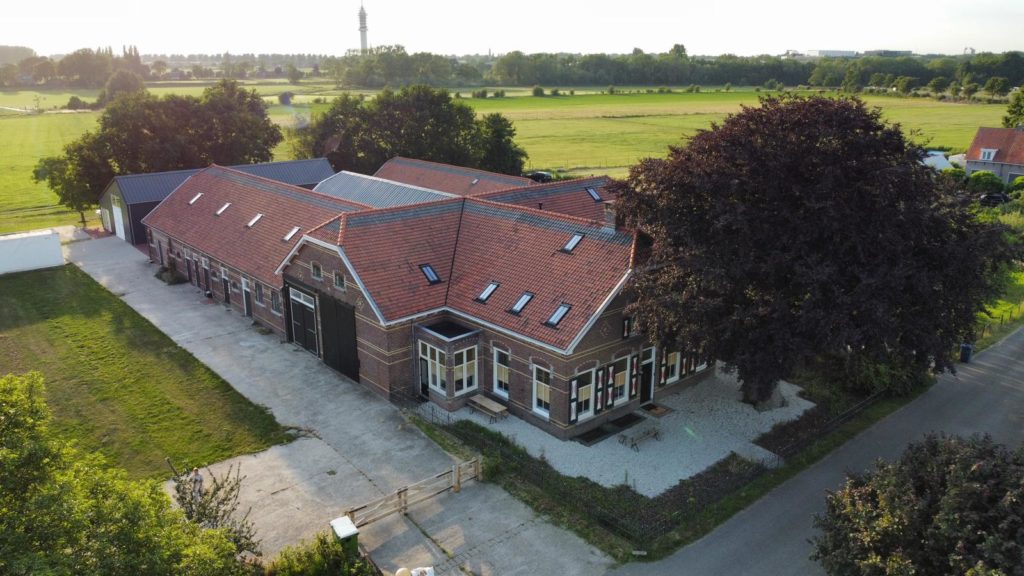General
Sensors have a lifespan that is primarily determined by the battery. Battery life is determined by a number of factors:
- The interval between messages, we recommend every 3 or 4 hours.
- The range from the sensor to a KPN gateway, which determines how long a message is in transit.
At an interval of 3 hours and an average range, the theoretical lifetime is more than 15 years.
No, for the network and infrastructure we very deliberately choose KPN's services. Besides making our solution very scalable, it is robust, secure and reliable. There is no need to organize internet on site.
No, the sensors have a battery and are self-sufficient.
Safety
Security has a number of faces in our context, broken down:
Sensors: the electronics we use in our sensors are extensively tested and have CE certification. In addition, we follow laws and regulations and our sensors are ready for Firmware Updates - Over The Air.
LoRaWan: For the network and infrastructure, we very deliberately choose KPN's services. Besides making our solution very scalable, it is robust, secure and reliable.
Architecture: The application and data of our software run at Microsoft Azure in Paris and have passed SOC2 certification.
The sensor housings are 3D printed in a fire-resistant material.
Yes, the sensors we are delivering now have Firmware Updates - Over The Air and we already comply with European laws and regulations!
Yes, the technology we use is extensively tested and the electronics we use in our sensors are extensively tested and CE marked.
No, but our software has SOC2 certification. Actually, according to many experts, even better than ISO27001.
The technology we use is extensively tested and the electronics we use in our sensors are extensively tested and have CE certification.
We also use 3D printed in fire retardant material for our sensor housing.
Software
Yes! All functionality is available in an app for all mobile devices.
No, our software runs in the cloud and can be accessed through a browser or app.
We have extensive technical capabilities in our software for data exchange to other systems, such as building management systems. In addition, it is possible to use APIs to extract data from our software.
We know of two types of software architectures; multi tenant and single tenant.
In the case of multi-tenant, there is one software instance serving multiple tenants (customers). Logic separates the customers and their data, but physically it is one system and one data source.
We also offer single tenant as a solution to our clients/customers, which allows those clients to physically separate everything from other tenants.
Before we install sensors in the roof, we perform a quality control. After installing sensors in the roof, preferably together with a roof lot, we monitor the behavior of the sensors for a while.
We check the range, readings and differences. Then we switch to a system of signaling on threshold values (thresholds). If we detect deviations we inform client or chain partner.
LoRa allows all kinds of things to talk to the Internet without having to use 3G or Wi-Fi. Battery consumption is low, range is long and bandwidth is limited.
Because we do LoRa together with KPN, it's stable, secure and robust and usually don't need to organize any connectivity on site.
The software has a variety of visualization options. Such as technical drawings, dashboards and graphs, map and folder views and in-depth analysis with distribution graphs.
- Jeroen van de Laar
"We think that things can and should be done differently."
Imagine this: you bring a car to the garage for maintenance. The mechanic stares worriedly at the shiny paint, runs his hands over the surface and takes some pictures of it. Then he walks back excitedly and concludes that the engine is broken and needs to be replaced.
That sounds absurd, doesn't it? And yet that's pretty much what happens during real estate inspections. We think things can and should be done differently.

